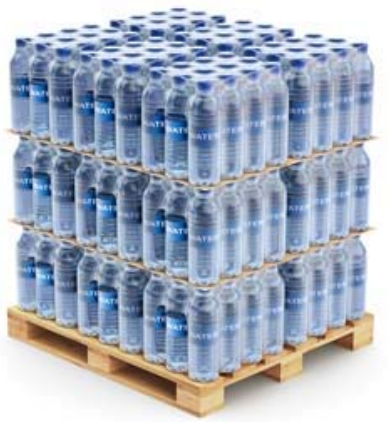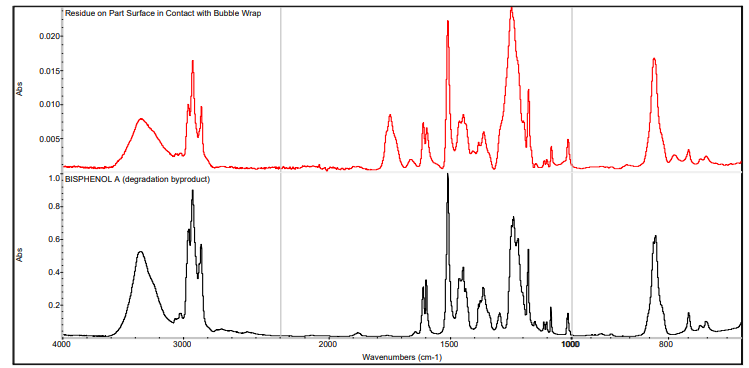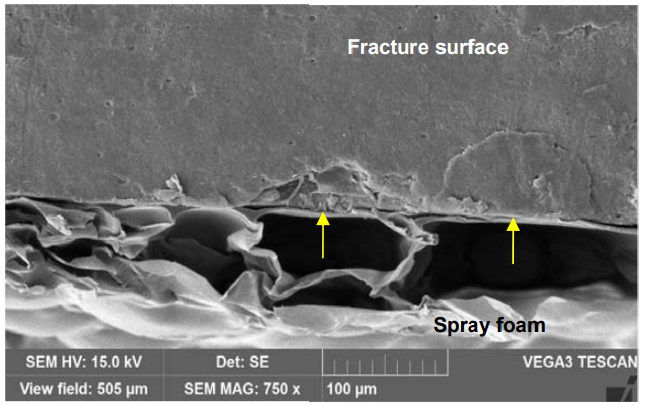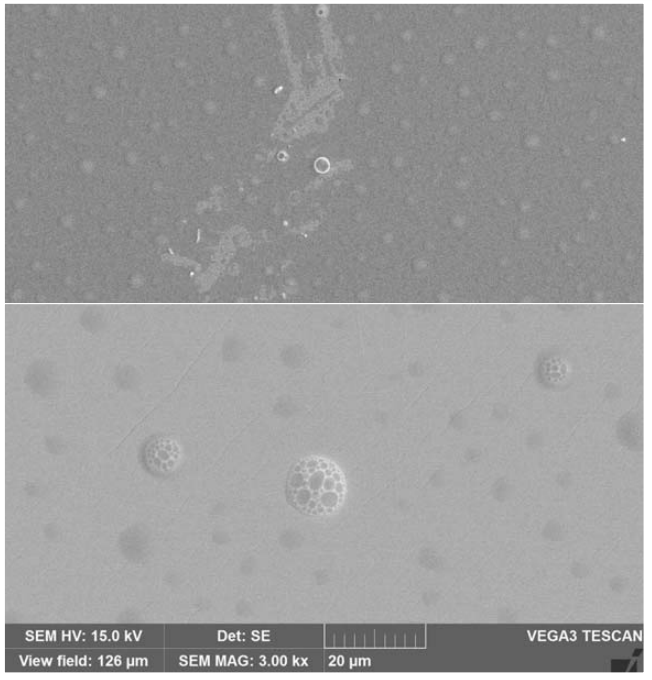This article was originally published by Jacob Nemec.

Figure 1. Products stacked on pallets during shipment and storage.
Recently, The Madison Group has encountered several instances of shipping-related plastic part failures. The failures occurred because of multiple sources that created differing failure modes. The sources causing failure during shipping ranged from temperature extremes to incompatible packaging materials to forklift operations. The failure modes varied from brittle impact related cracking to degradation of the material itself. The variation in the individual failures highlighted shipping as an aspect of the product lifecycle that may often be overlooked but cannot be ignored.
When shipping finished parts or components, several factors need to be considered. It should be noted that all the following factors have caused actual failure and malfunction within plastic parts and assemblies.
What types of shipping loads could the part be exposed to?
Often times parts are stacked on pallets (Figure 1) or fastened for shipment in a way that could cause them to experience loads not typical of their end-use. Additionally, the packaged parts will see impact or shock loads from conveyors, forklifts, and rough roads.
What materials will contact the part?
To combat the risk of physical damage during shipment, one might think to include more packaging to better protect the part. However, care must be taken with packaging. Many types of packaging materials (polyethylene bags, bubble wrap, etc.) contain surface treatments that may be amide or amine-based. These surface treatment functionalities can lead to chemical attack in certain plastics, as shown in Figure 2. Similarly, polyurethane spray foams often contain accelerants and reactants, that in their monomeric or liquid state, can be aggressive towards plastics, as illustrated in Figure 3. Thus, you may be unknowingly harming the very part you are trying to protect.

Figure 2. FTIR spectra showing material degradation from packaging material contact.

Figure 3. SEM image of crack initiation sites (arrows) along interface with an incompatible spray foam.
What temperatures will the part experience during shipping?
Parts may experience temperatures during shipping that are below or above the intended end-use temperatures for the product. A product may perform adequately within the service temperature range. However, that product may experience failure when it bounces around in a container or semi trailer while at elevated or sub-freezing temperatures.
Could the material change during shipment?
Another consideration for thermoplastic parts is whether the material may further crystallize or anneal during the shipping process. Certain semicrystalline materials may be exposed to temperatures exceeding their glass-transition temperature, which can cause the material to crystallize and change dimensions. Thus, a part that is placed into the truck may not be the same as the part unloaded from the truck.
Could materials in an assembly outgas or leach plasticizers?
When certain plastics, rubbers, and adhesives are heated during shipment, they may outgas volatiles or leach plasticizers. If a complex assembly is shipped in a sealed bag or container, these volatiles may condense or transfer to other components in the assembly, causing the components to malfunction or fail. Figure 4 illustrates an instance where a silicone residue was detected on a plated component after shipment.

Figure 4. SEM images showing surface deposits on a plated part after an overseas shipment.
Though considerable resources may have been devoted to designing and manufacturing a plastic part, too often their transportation is an afterthought left to the logistics department or a third party. Fortunately, some shipping failures can be obvious in certain cases – such as crushing or direct external damage. However, others are concealed and may not be apparent until they ultimately cause failure while the part is in service. To avoid these costly failures down the road, do not forget to consider the shipping process used to take the parts to their end use.
